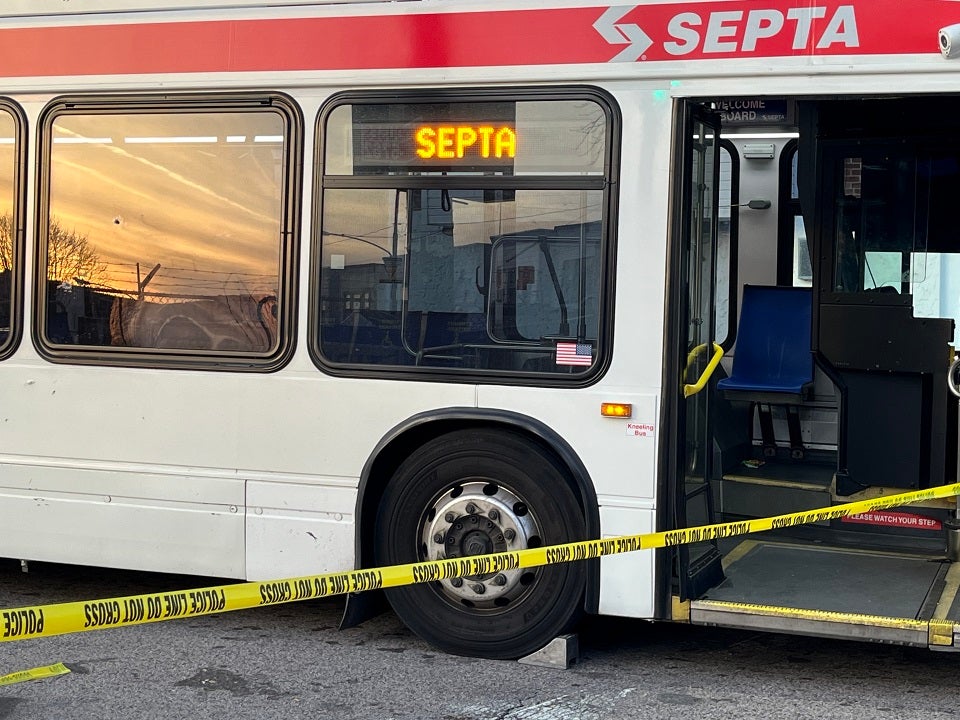President Biden said today that the U.S. would soon begin airdropping humanitarian relief supplies into Gaza, which a U.N. official warned this week was on the brink of famine. The move came a day after scores of Palestinians were killed while trying to get food and supplies from a convoy.
“Innocent people got caught in a terrible war unable to feed their families, and you saw the response when they tried to get aid in,” Biden said. “We need to do more, and the United States will do more.”
Here’s the latest.
Biden said the U.S. would plan the deliveries with Jordan, which has helped to organize airdrops into Gaza. He suggested that aid could eventually be delivered through a maritime corridor as well.
Yesterday’s clash left at least 100 Palestinians dead and more than 700 injured, according to Gazan officials. Many details remain unclear, and heavily edited videos released by Israel did little to clear up the confusion. The Times analyzed the footage.
Thousands attended Navalny’s funeral
The body of Aleksei Navalny, the Russian opposition leader who died in prison last month, was lowered into his grave today in Moscow as thousands looked on. It was a striking display of dissent in Russia at a time of deep repression. Our Moscow bureau chief, Anton Troianovski, described the funeral as a devastating moment for Russians opposed to Vladimir Putin.
“There’s clearly still a lot of interest and engagement both inside the country and outside the country in trying to envision a Russia after Putin,” Anton said. “But with Navalny’s death, I think for many people it has become much harder to envision.”
Pharmacies will begin selling abortion pills next week
America’s two largest pharmacy chains, CVS and Walgreens, will start dispensing the abortion pill mifepristone this month. They plan to eventually expand the service to all states where abortion is legal, and where pharmacies are permitted to sell abortion pills.
The demand for abortion pills at pharmacies is currently unclear. But the option could take on more importance if the Supreme Court later this year decides to uphold a ruling banning the distribution of mifepristone by mail.
More top news
Getting cooler with age
Not many artists welcome their 70s with a new album, and virtually none with a record as blistering and gloriously strange as “The Collective,” the new solo LP from Kim Gordon, the co-founder of the alt-rock pioneers Sonic Youth. But then again, not many artists are like Gordon, our music critic Lindsay Zoladz explained.
If you’re new to Gordon’s music, Lindsay also collected her 11 essential songs.
Some 18th-century history is lurking on your bookshelf
If you take a look at a book in your home, there’s a good chance its title is in Bodoni, a typeface created by Giambattista Bodoni in the late 18th century. Its straight hairline serifs (the flourishes on some letters) and high contrast between thick and thin strokes are everywhere. The logos of Valentino and Calvin Klein are inspired by Bodoni, and it appeared on the cover of Bruce Springsteen’s 1984 album, “Born in the U.S.A.”
To trace the typeface’s history, my colleague Molly Young went to Parma, Italy, where the Museo Bodoniano has an entire collection about the man behind the letters.
An artist who uses Amsterdam as his canvas
If you’ve been to Amsterdam, you probably walked past the work of Frank de Ruwe, an artist more widely known as Frankey. Every week he turns an unassuming spot in the city into a playful piece of art.
Some of his creations are conspicuous, like a giant Lego singer. Others are much less so.
His projects are illegal, but instead of sneaking around, he puts them up in the middle of the day while wearing a bright orange jacket and carrying a fake permit. It reads “I, Frank de Ruwe, give a permit to Street Art Frankey.”
Have a creative weekend.
Thanks for reading. I’ll be back on Monday. — Matthew
We welcome your feedback. Write to us at evening@nytimes.com.






